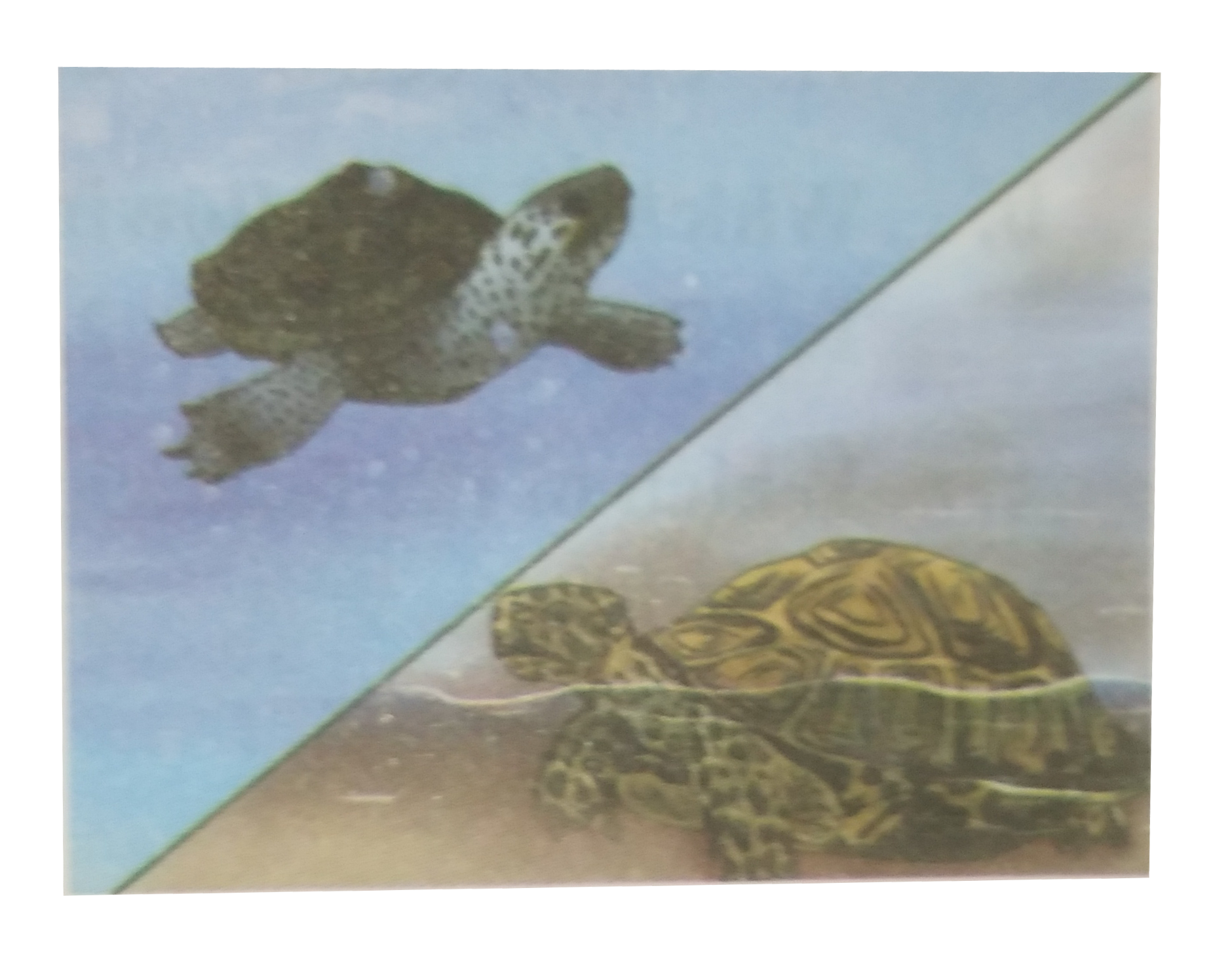Describe the characters of class Amphibia.
Class Amphibia has following characters :
1. Habitat. Amphibians inhabit fresh water and, moist land. They have the ability to change colour, power of regeneration, curious breeding habits and hibernation or winter sleep. There are about 2500 living species of Amphibia.
2. Body form. Body varies considerably in form. It may be depressed or cylindrical, and has head, neck, trunk and tail or only into head and trunk.
3. Appendages. Most forms have two pairs of pentadactyl {imbs with 4-5 or fewer digits. One pair or both the pairs of limbs are absent in some cases.
4. Exoskeleton. It is absent. The digits are mostly without claws, nails or hoofs, and often have web.
5. Skin. Skin is often smooth, moist and rich in glands. It is highly vascular and may be respiratory. It is permeable so that the amphibians cannot tolerate salt water.
6. Pigment cells. Chromatophores are present.
7. Endoskeleton. Endoskeleton is bony. Vertebrae vary in number and are securely interlocked by overlapping articular processes on neural arches to provide support to the body on land. There is usually a single sacral vertebra. Skull has two occipital condyles. Upper jaw is fused with the skull.
8. Coelom. Coelom consists of two unequal compartments: anterior small pericardial cavity that contains the heart and spacious pleuroperitoneal cavity which has all viscera except the kidneys.
9. Digestive system. Mouth is mainly large and armed with small teeth in the upper or both the jaws. Tongue is often protrusible.
10. Cloaca. It is present and is single chambered. Alimentary canal leads into the cloaca.
11. Respiratory system. Respiration takes place by gills, lungs, lining of uccopharyngeal cavity and skin, either separately or in combination. Gills are present in the larvae, but in perennibranchiates gills persist in the adult stage in some cases. Some even have vocal cords.
12. Circulatory system. Heart is three chambered : two auricles and one ventricle. Sinus venosus and truncus arteriosus are present. There is double circulation, Red blood corpuscles are oval and nucleated. Amphiuma has largest R.B.C.
13. Nervous System. Brain has smooth cerebral hemispheres and small cerebellum. There are 10 pairs of cranial nerves.
14. Sense Organs. Olfactory sacs are paired and dorsal. They open into buccopharyngeal cavity by internal nares. Eyes often have movable lids and tear glands to protect and clean them in air. Middle ear with a single auditory ossicle along with internal ear present. There is no external ear. Lateral-line sense organs are present in the larvae and in the adult aquatic forins.
15. Excretory system. Kidneys are mesonephric. Nitrogenous waste material is urea. Uriniferous tubules are not modified for the reabsorption of a large volume of water from the glomerular filtrate, A urinary bladder to store urine is developed as a diverticulum of the cloaca.
16. Endocrine glands. The general vertebrate pattern is fully established.
17. Reproductive system. Sexes are separate. Gonads are paired. Gonoducts open into the cloaca. Fertilization may be external or internal. They are oviparous
18. Development. Eggs are mesolecithal. They are enclosed in a coat of jelly and are usually laid in water. Cleavage is holoblastic, but unequal embryonic membranes are absent. Development is indirect.
19. Body temperature. They are cold blooded. (poikilothermous), and undergo hibernation in. winter and aestivate in summer. e.g. Frog (Rana trigrina), Bufo bufo (Toad), Amphiuma (Congo Eel) etc.
Similar Questions
Discuss the general characters of class Mammalia.
View SolutionHow many chamber are present in heart of class Amphibia members?
View SolutionHow many chamber are present in heart of class Amphibia members?
View SolutionIdentify the character of Class- Aves :
View SolutionIdentify the character of Class- Aves :
View SolutionAssertion : Lung fish is connective link between fishes and amphibia.
Reason : Lung fishes show characters of both fishes and amphibia.View SolutionAssertion : Lung fish is connective link between fishes and amphibia.
Reason : Lung fishes show characters of both fishes and amphibia.View SolutionGive the distinguishing features of the class Amphibia or Reptilia.
View SolutionWhich of the following animal belongs to class Amphibia ?
View SolutionThough tortoise lives on land as well as in water, it cannot be included in class-Amphibia.
 View Solution
View Solution

